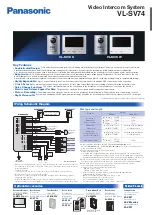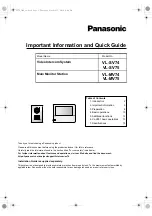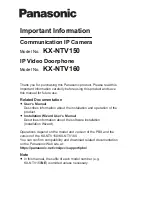
User's Guide Fireface 802
© RME
41
TS
The unbalanced TS Line inputs, which can be used alternatively, add even greater flexibility to
the Fireface 802. With 800 kOhm input impedance (Hi-Z), TS jack and adjustable input gain
over a range of 54 dB the front-side inputs can be used perfectly with keyboards, sampler, CD
player, guitars and much more. These inputs handle levels from –33 dBu up to +21 dBu, turning
them into full level Line inputs. Thus the unit can also be used as Line gain amplifier.
The TS jacks are free of phantom power.
20. Analog Outputs
20.1 Line
The short circuit protected, low impedance line outputs of channels 3 to 8 are available as 1/4"
TRS jacks on the back of the unit. The electronic output stage is built in a servo balanced de-
sign which handles unbalanced (mono jacks) and balanced (stereo jacks) correctly.
To maintain an optimum level for devices connected to the analog outputs, the Fireface 802
internally uses hi-quality electronic switches, which allow for a perfect adaptation of all outputs
to the three most often used studio levels.
As with the analog inputs, the analog output levels are defined to maintain a problem-free op-
eration with most other devices. The headroom of the Fireface 802 lies between 9 and 15 dB,
according to the chosen reference level:
Reference
0 dBFS @
Headroom
Hi Gain
+19 dBu
15 dB
+4 dBu
+13 dBu
9 dB
-10 dBV
+2 dBV
12 dB
The above levels are also found in all other RME devices. Therefore they are fully compatible to
each other.
20.2 Headphones / Line Out
Channels 9 to 12 of the Fireface are available on the front as 1/4" TRS jacks. These channels
use the same converters as the other Line outputs, therefore offer the same technical data (118
dBA SNR).
Instead of using internal electronic switches, their output level is changed step-less with the
VOL pot. These outputs are special low impedance types, ready to be used with headphones.
But they can also be used as high-quality (yet unbalanced) Line outputs.
Setting the output level, i.e. the monitoring volume, is done – besides the VOL pot - via TotalMix
(Hardware Output, PH 9/10 and PH 11/12).
Summary of Contents for Fireface 802
Page 7: ...User s Guide Fireface 802 RME 7 User s Guide Fireface 802 General...
Page 12: ...12 User s Guide Fireface 802 RME...
Page 13: ...User s Guide Fireface 802 RME 13 User s Guide Fireface 802 Installation and Operation Windows...
Page 28: ...28 User s Guide Fireface 802 RME...
Page 29: ...User s Guide Fireface 802 RME 29 User s Guide Fireface 802 Installation and Operation Mac OS X...
Page 38: ...38 User s Guide Fireface 802 RME...
Page 39: ...User s Guide Fireface 802 RME 39 User s Guide Fireface 802 Inputs and Outputs...
Page 47: ...User s Guide Fireface 802 RME 47 User s Guide Fireface 802 Stand Alone Operation...
Page 50: ...50 User s Guide Fireface 802 RME...
Page 51: ...User s Guide Fireface 802 RME 51 User s Guide Fireface 802 TotalMix FX...
Page 53: ...User s Guide Fireface 802 RME 53...
Page 89: ...User s Guide Fireface 802 RME 89 User s Guide Fireface 802 Class Compliant Mode...
Page 94: ...94 User s Guide Fireface 802 RME...
Page 95: ...User s Guide Fireface 802 RME 95 User s Guide Fireface 802 Technical Reference...
Page 106: ...106 User s Guide Fireface 802 RME 36 Diagrams 36 1 Block Diagram Fireface 802...
Page 108: ...108 User s Guide Fireface 802 RME...
Page 109: ...User s Guide Fireface 802 RME 109 User s Guide Fireface 802 Miscellaneous...
















































